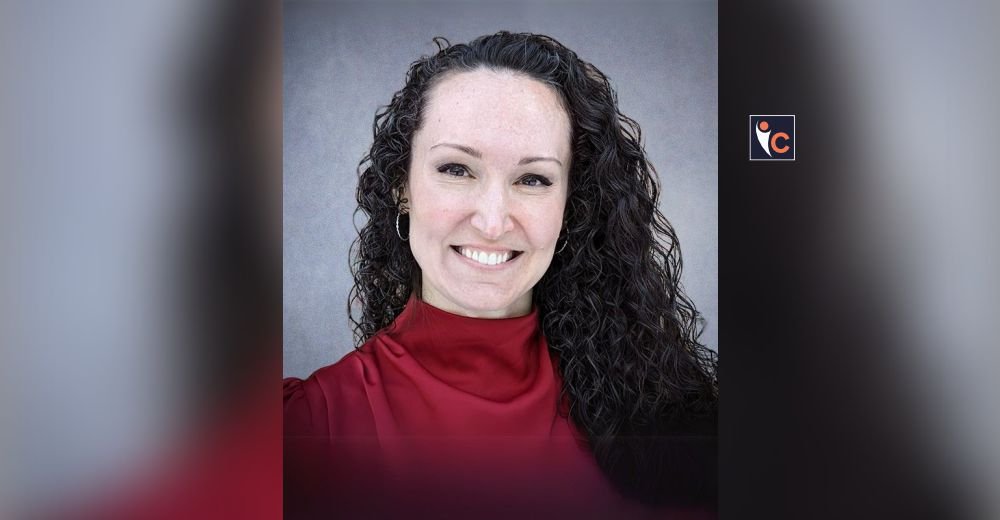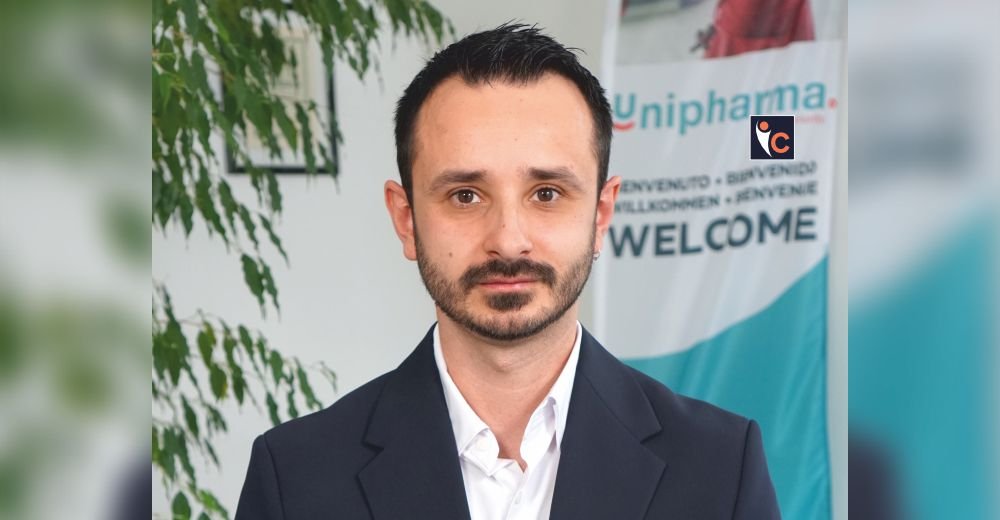The Future of Diagnostics
Artificial intelligence is ushering in a new era of innovation in health care. With growing demands on providers and soaring volumes of clinical data, AI-powered diagnostic solutions are delivering faster answers and better outcomes for patients. The diagnostic industry is now breaking through longstanding barriers, setting unprecedented benchmarks in efficiency and diagnostic precision. As we embrace this next wave of AI-driven advancements, we’ll see rapid, positive transformation throughout the health care landscape and patient experience.
What are some of the most significant challenges facing acute care globally, and how could AI play a role in the solution?
Acute care facilities face increasing pressure as more patients rely on them to access healthcare. One of the biggest challenges is overcrowding – especially in busy urban hospitals, but we also see long wait times in some rural areas. In some instances, we’ve seen patients wait more than 20 hours just to be seen, which can lead to adverse outcomes. AI-enabled tools are beginning to be used to help reduce overcrowding pressure by streamlining patient flows, helping acute care clinicians make better decisions about treatment prioritization and identifying when to deescalate that higher level of care to free up bed space in resource constrained settings like the ICU.
Another major challenge is the massive amount of data flooding the system, inundating clinicians with more information than they can consume and process. I recently met with a physician at a major research hospital who shared about feeling like he’s drowning in data and worrying that it’s impacting his ability to treat patients. In a perfect world, he would conduct an in-depth review of each patient’s chart to inform his diagnostic decisions, but there is simply not always enough time to fully search the complete patient history.
For this physician and millions of others, we see great potential in AI-enabled tools that can manage and synthesize data from multiple sources, highlight risk factors, recognize patterns and even call out small factors that could be meaningful to a diagnosis, but would be easy to miss.
AI will never replace the insight of a clinician, but these tools will help save time and increase accuracy, freeing clinicians to focus more on patient care.
What opportunities are presented by increased use of AI in diagnostics?
AI is reshaping the field of diagnostics in many ways, from enabling the rapid discovery of new biomarkers to supporting the development of new predictive models that can anticipate and identify the risk of disease.
From early-stage research through patient care, these models and tools are already having an impact. We’re seeing rapid adoption of task automation tools like ambient listening and generative AI to reduce the administrative burden on providers in the preparation of clinical notes and patient communications. We also see growth in agentic AI, which holds promise in helping clinicians easily and quickly search a patient’s history for hypertension, for example, or to find out if and when a patient has had a past cardiac procedure when they arrive at the ER with chest pain. The power of AI to almost instantly search, process, analyze and synthesize data presents remarkable opportunities to inform clinical diagnostic decisions.
Looking ahead, we anticipate today’s AI-enabled tools will be combined with more advanced predictive models that could bring a material increase in productivity across healthcare. Not so far into the future we will see an ecosystem of multiple AI tools working together, streamlining tasks, accessing and analyzing data, and helping clinicians provide even better care.
Where are we not seeing enough progress in the adoption of AI-driven diagnostic tools?
The next frontier is the development of more FDA-approved multimodal AI predictive models that will rapidly synthesize vast amounts of data to drive improved diagnostic decision-making and better therapeutic monitoring. We’ve been talking about this for a long time, but innovation and adoption can be slow in healthcare. We must first identify the gaps and unmet needs, then curate large datasets and train the models, and finally generate evidence to prove that the tools work as designed and protect patient safety. After submitting for regulatory review and gaining approval, we then must convince clinicians to consider and adopt new approaches. The process can take a decade or more.
You’re a computer scientist – what new developments or trends in the field get you excited about the future?
I believe we’re at a turning point when it comes to the use of AI. It’s thrilling to be living in this moment, when the rise of AI has the power to change every facet of how we find and process information. I get excited thinking about how it has the potential to turbocharge every human being to be able to do so much more than they could do before. It’s like the introduction of the internet – we will tell our grandkids stories about being alive when the first AI was broadly adopted.
Looking ahead, what do you see as the biggest challenges and opportunities for companies in the diagnostics space?
Our industry has a tremendous opportunity now to drive significant advancements with the help of AI. But for us to do so, we need to have the right talent, we need access to data to train AI models, and we need regulatory clarity. With so much change happening at a rapid pace and with guardrails for the industry still somewhat undefined, the AI space can feel like the Wild West. But I’m confident we will find our footing and we’ll start seeing these tools be introduced with increasing frequency in the years to come, to the benefit of clinicians and patients alike.
About the Author: Kelly Sager
Kelly Sager is Vice President and Franchise Head, Infectious Disease and Acute Care at Danaher’s Diagnostics Platform. A computer scientist by training with extensive commercial and product development experience, she’s held senior leadership roles in healthcare technology development, strategy and marketing at Beckman Coulter Diagnostics, BD, Hospira and GE Healthcare.





